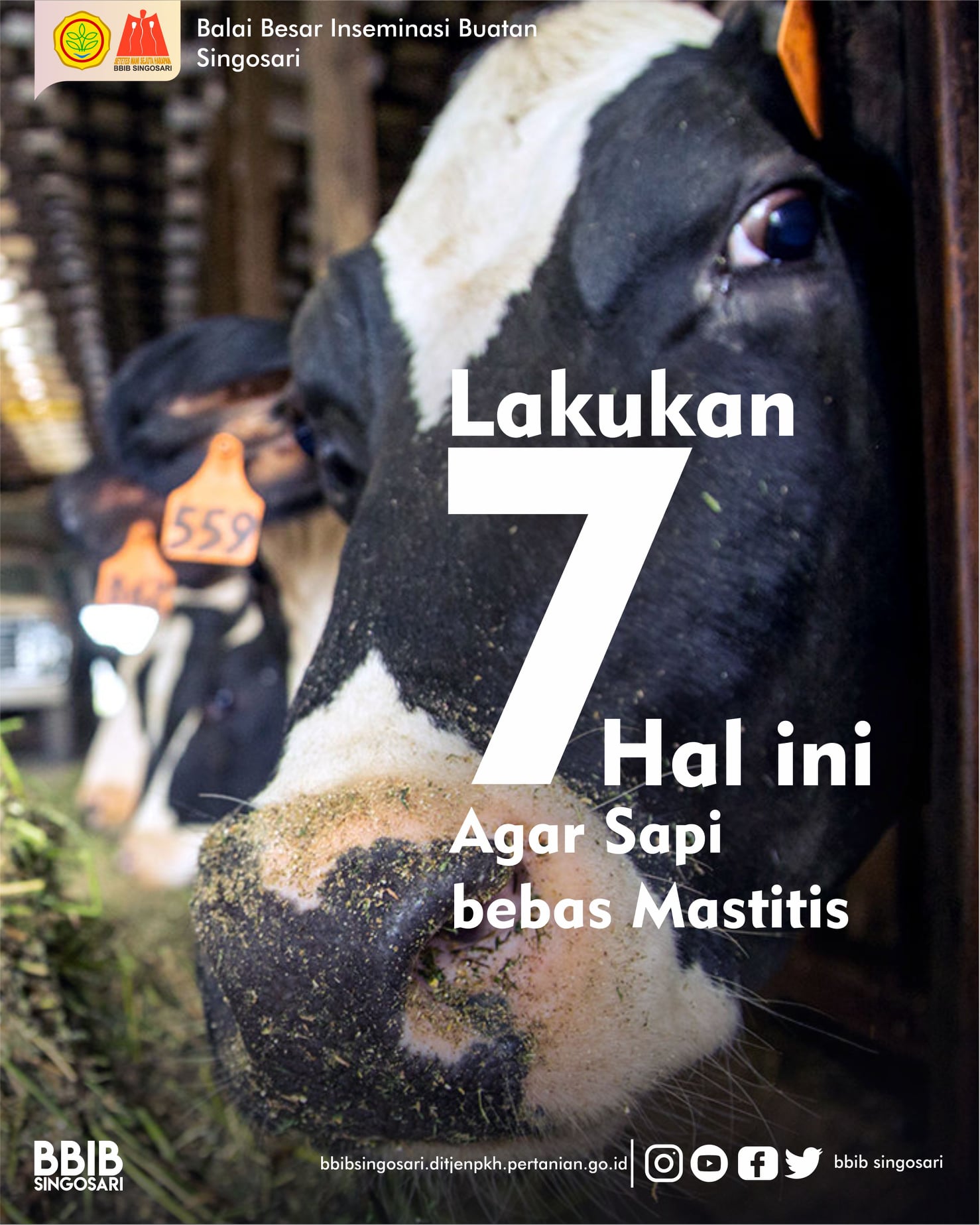
Inflammation in the udder (mastitis) is a disease that occurs more frequently in dairy cows than in beef cattle. Various bacteria can cause infections in the udder, including several types of Streptococcus and Staphylococcus bacteria, and other types of pathogens. When cows give birth in dirty environments or lie in mud or dirt after calving, pathogenic bacteria can enter the udder through the teat canal. Bacteria can also enter the udder through dirty milking equipment and improper handling during milking.
Here are seven things that can be done to prevent mastitis cases in cows:
1. Provide a clean environment and clean bedding to minimize the likelihood of pathogenic bacteria entering the udder's canal.
2. A simple and effective way to prevent mastitis is by using an antibacterial solution to dip the cow's teats after milking. The sphincter muscle in the teat that opens and closes the teat's opening remains relaxed after milking, making the udder vulnerable to bacterial entry during those times. Especially if there is still some milk residue at the tip, which provides an ideal habitat for bacterial growth. Dipping helps prevent bacteria from entering the udder. However, it's important to rinse the udder with clean water before the next milking.
3. If mastitis cases are present in a herd, establish an order for milking so that infected cows are milked last after others have been milked. This will reduce the risk of infection spread through farmer's hands and milking equipment.
4. The first drops of milk, which are usually discarded before milking, should be collected in a separate container. Avoid discarding the first drops on the barn floor. The highest bacterial count is in the first drops of milk that come out of the teat. Disposing of bacteria-contaminated milk on the barn floor will contaminate the environment as bacteria are carried around on shoes or farmer's feet.
5. Regularly check the cleanliness of the environment and equipment, especially for cows milked using milking machines.
6. Malfunctioning equipment can result in injuries to the teats, which can lead to mastitis. If the equipment's performance is too slow or loses its suction power, it can cause damage to the teats. The longer the machine is attached to the teat, the higher the chance of irritation leading to infection. Proper milking procedures can reduce the incidence of mastitis.
7. Dairy companies usually provide long-acting antibiotic injections into each teat after the last milking when cows are about to enter the dry period. This can help eliminate low-grade chronic infections and ensure the herd is free from mastitis.
Ministry of Agriculture of the Republic of Indonesia
Directorate General of Animal Husbandry and Health, Ministry of Agriculture
#semenbeku #inseminasibuatan #peternakan #ternak #bbibsingosari #pertanianmajumandirimodern



